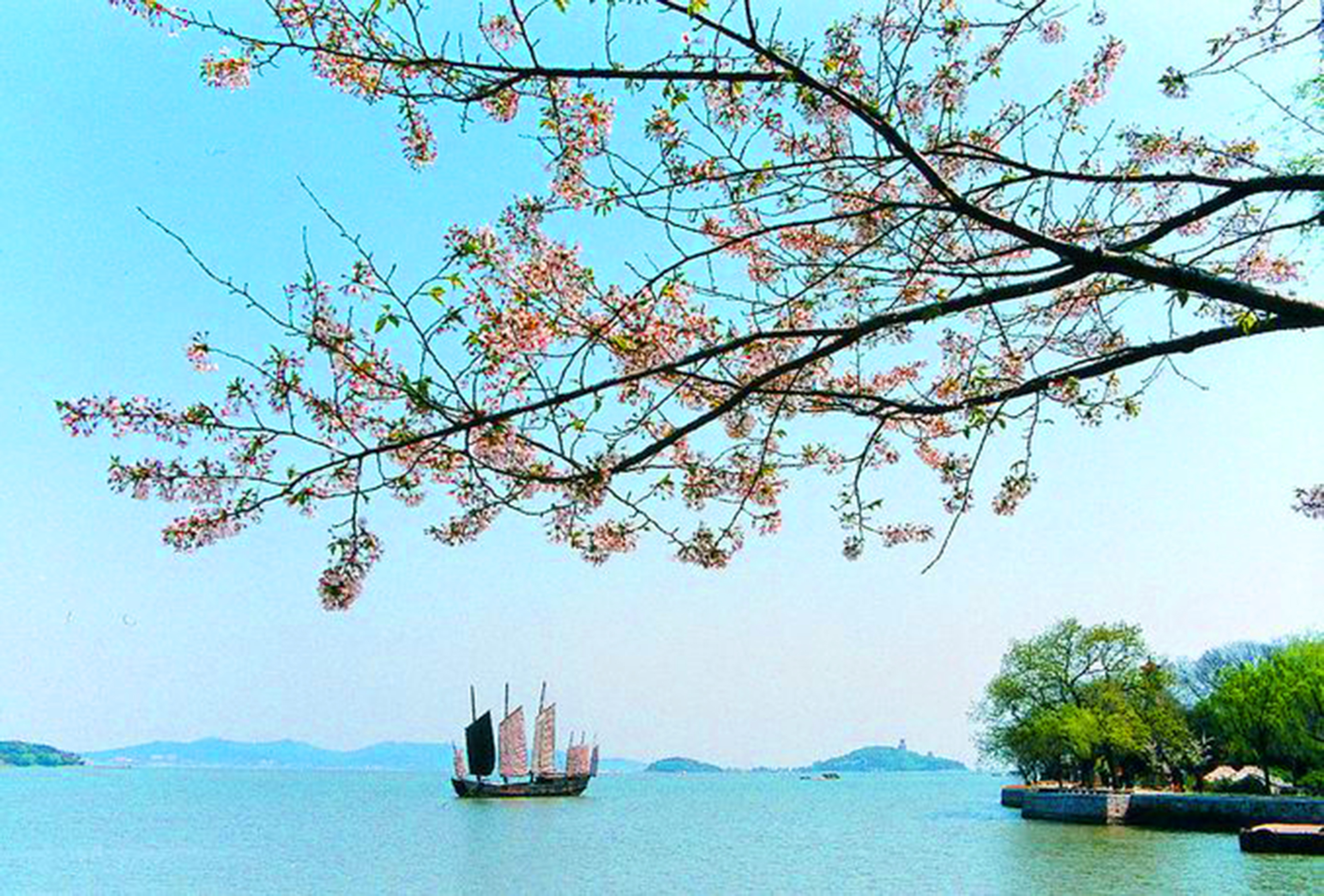The key role of water in Wu culture

The Taihu Lake gave birth to Wu culture.
The basin areas around the Taihu Lake bordering Eastern China’s Jiangsu and Zhejiang provinces are home to the Wu culture. With a history of over three millennia, the core spirit and contemporary values of Wu culture have attracted the attention of those interested in Chinese culture.
Covered with rivers and lakes, water played an interesting role in Wu culture. The inclusiveness and flexibility of water are reflected in Wu culture. Wu culture absorbs other cultures, which makes the people good at improving themselves by absorbing the advantages of other people. Water always finds a way regardless of the landscape. Similarly, Wu people are flexible in tackling relationships with other people and seizing the opportunities by adjusting to changing circumstances.
If we were to summarize Wu culture with one Chinese character, that would be bian, or “Change.” Abolishing the old things and creating new things is, in essence, reform and development. As a consequence, the Wu people always seized opportunities when history presented them with chances, playing a leading role in the history of reform.
In order to fish and hunt, people in the Wu region learned how to sail thousands of years ago. The labyrinthine network of rivers and years of laboring on the water trained them to observe and adjust routes for their vessels. This spirit of adventure inherent in Wu culture helped them pioneer and lead the process of reformation.
For instance, people from the Wu region played a pioneering role in the first round of establishing Chinese businesses and industries in the early 20th century. The Sunan Model, which refers to developing a regional economy through county and town enterprises, played a significant role in the early years of China’s reform and opening up. This model originated from the Wu region. The Wu people also played a leading role in the adjustment and transformation of industries in the 21st century, as well as the establishment of the center for internet of things and smart cities.
The waters of the Wu region facilitated travel in ancient times, which provided the people with open minds and communication skills. During the Westernization Movement from the 1860s to the 1890s, the Wu people were pioneer in accepting the ideas of putting what is learned into practice and strengthening the national power of China through the development of business and industries. The openness and inclusiveness of Wu culture helped make it a key region of China’s export-oriented economy. The poetic, delicate and elegant nature of Wu culture also contributes to the high-end technologies in modern engineering and handcraft work.
By investigating the evolution of Wu culture and analyzing its characteristics in different periods of time, a general picture of it comes into focus. A genealogy of the core essence of Wu culture would include virtue, harmony, openness, inclusiveness, wisdom, flexibility, modesty as well as being observant, practical and pioneering. Other features would also include considering both righteousness and benefits, being elegant and poetic as well as integrating discipline and flexibility.
Zhuang Ruojiang is a professor from the School of Humanities at the Jiangnan University.
